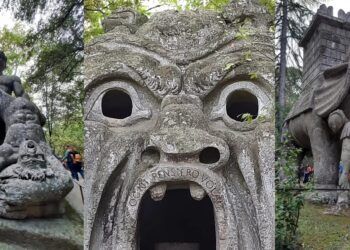The Roman Theater of Aosta, located in the city of Aosta, Italy, is an important archaeological site that represents an important testimony of ancient Rome. Here is some information on the Roman Theater of Aosta:
- History: The Roman Theater was built in the 1st century AD. during the reign of Emperor Augustus. It was part of a larger building complex which also included an amphitheater and a residential area. The theater had a capacity of around 4,000 and was used for plays, musical performances and competitions.
- Features: The theater is built in local stone and is located on a hill overlooking the city of Aosta. The structure is in good condition, with a significant part of the cavea (the bleachers) still intact. The cavea is divided into three sections: the summa cavea (the upper part), the media cavea (the central part) and the imma cavea (the lower part). On the stage, the remains of a stage wall are still visible.
- Roman Theater Museum: Next to the Roman Theater is the Roman Theater Museum, where numerous archaeological finds from the site are exhibited. You can find sculptures, fragments of frescoes, objects of daily life and other objects that offer an insight into life during the Roman era.
As for the best times to visit the Roman Theater of Aosta, the ideal is during spring and autumn, when temperatures are moderate and the climate is pleasant. During the summer, there may be a higher influx of visitors, but the theater is still a fascinating place to explore. It is recommended that you check the opening hours and special events at the theater or museum before planning your visit, so that you can make the most of the experience.










Discussion about this post